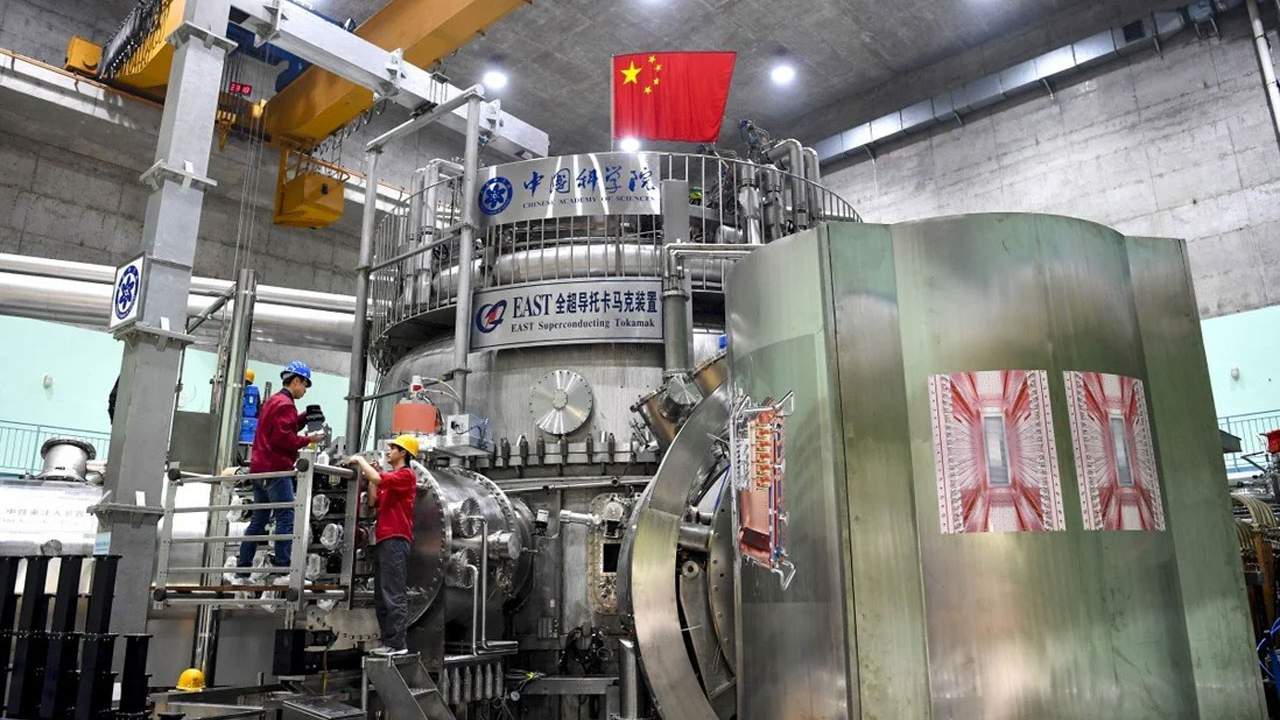The Chinese fusion reactor defines an operational record
China has announced that it has reached another milestone in its work on a merge reactor. The nation has announced that one of its so-called artificial sun has lasted extreme temperatures for several times longer than its earlier reference. The file has been set at the experimental facility of Tokamak Tokamak (East), located in the Chinese city of Hefei.
According to the state media, the EST recorded a plasma temperature of 120 million degrees Celsius for 101 seconds. The file has been defined on Friday and the status information agencies indicate that the same installation has also maintained a temperature of 160 million degrees Celsius for 20 seconds. The record of this facility was previously 100 million degrees Celsius for 20 seconds, which was realized last year.
By maintaining a temperature of 120 million degrees Celsius for 101 seconds, the installation has maintained extreme temperatures five times longer than the previous record. Despite China’s announced success in maintaining high temperatures, scientists admit that fusion reactors are still far. Scientists around the world work on fusion reactors because they hold unlimited clean energy potential.
However, the road to reach this potential is paved with many challenges to overcome. Experimental nuclear reactors are sometimes called “artificial suns” because the goal is to reproduce the nuclear fusion process inside a star. The sun has a temperature of about 15 million degrees Celsius. At such extreme temperatures, it is possible to merge two atoms and that the merger process releases enormous amounts of energy.
To create a melting reactor on Earth, scientists must create extremely high sustainable temperatures for a long time. Chinese scientists believe that their experiences and file poses the basis of China to build a nuclear fusion energy station in the future.

